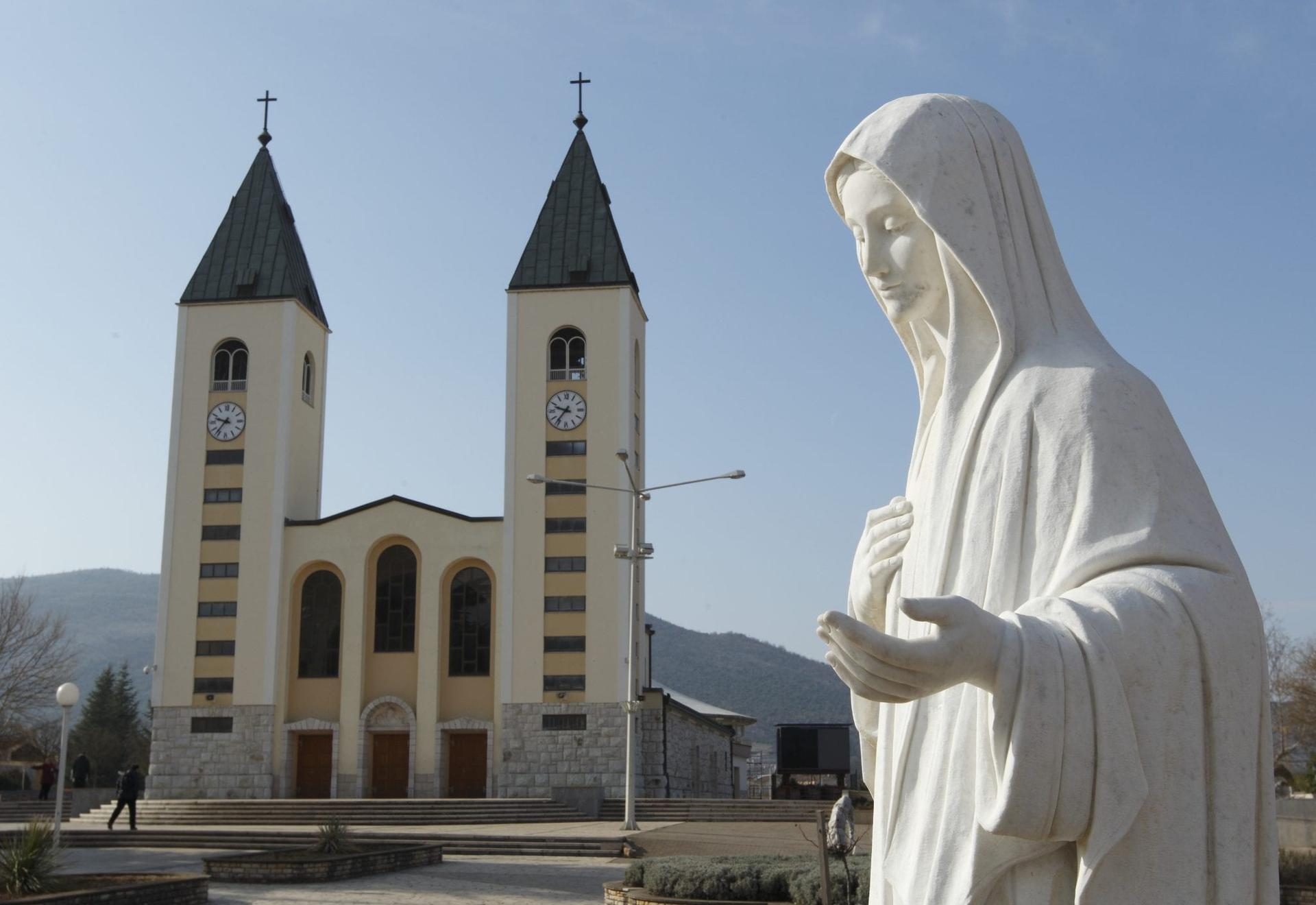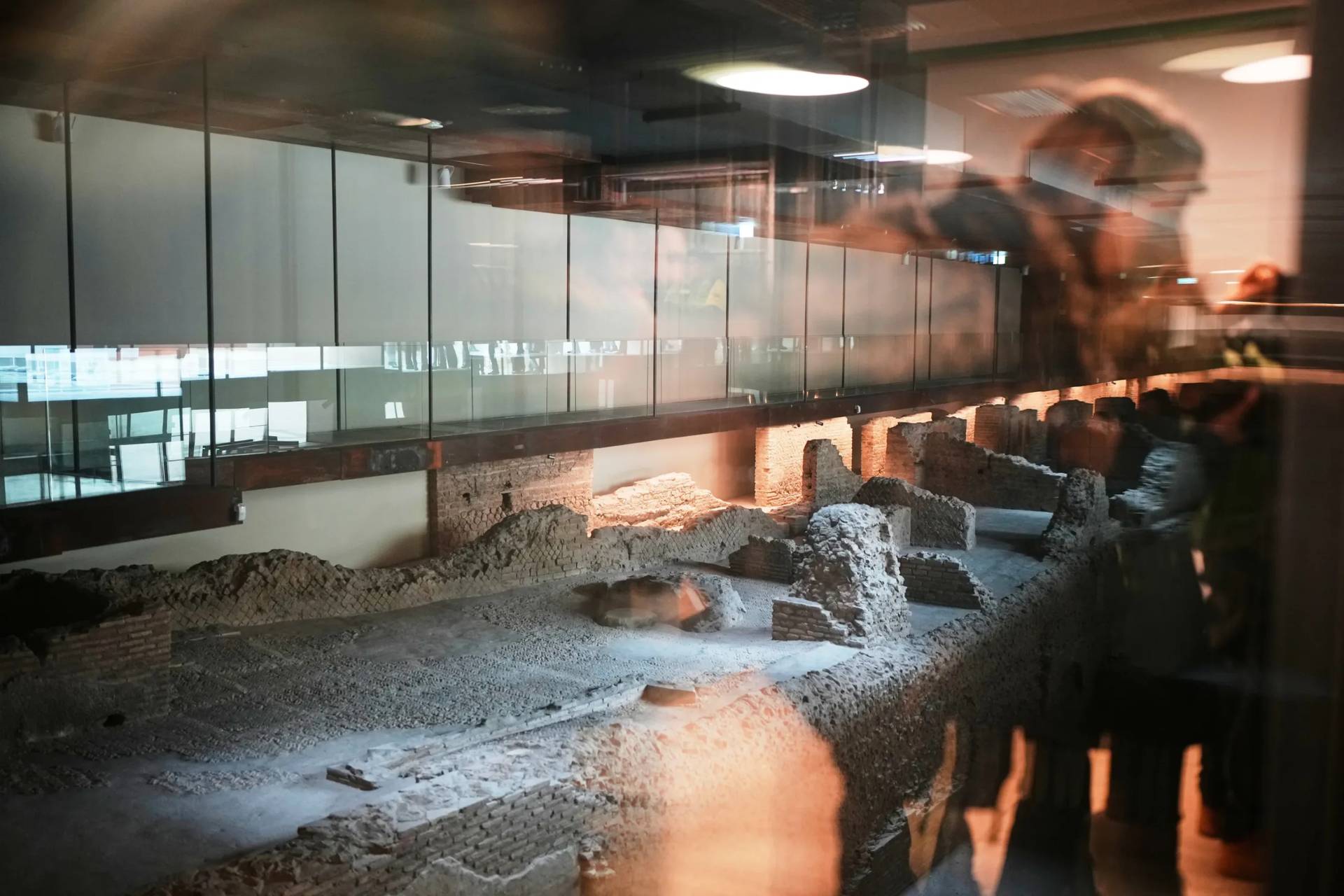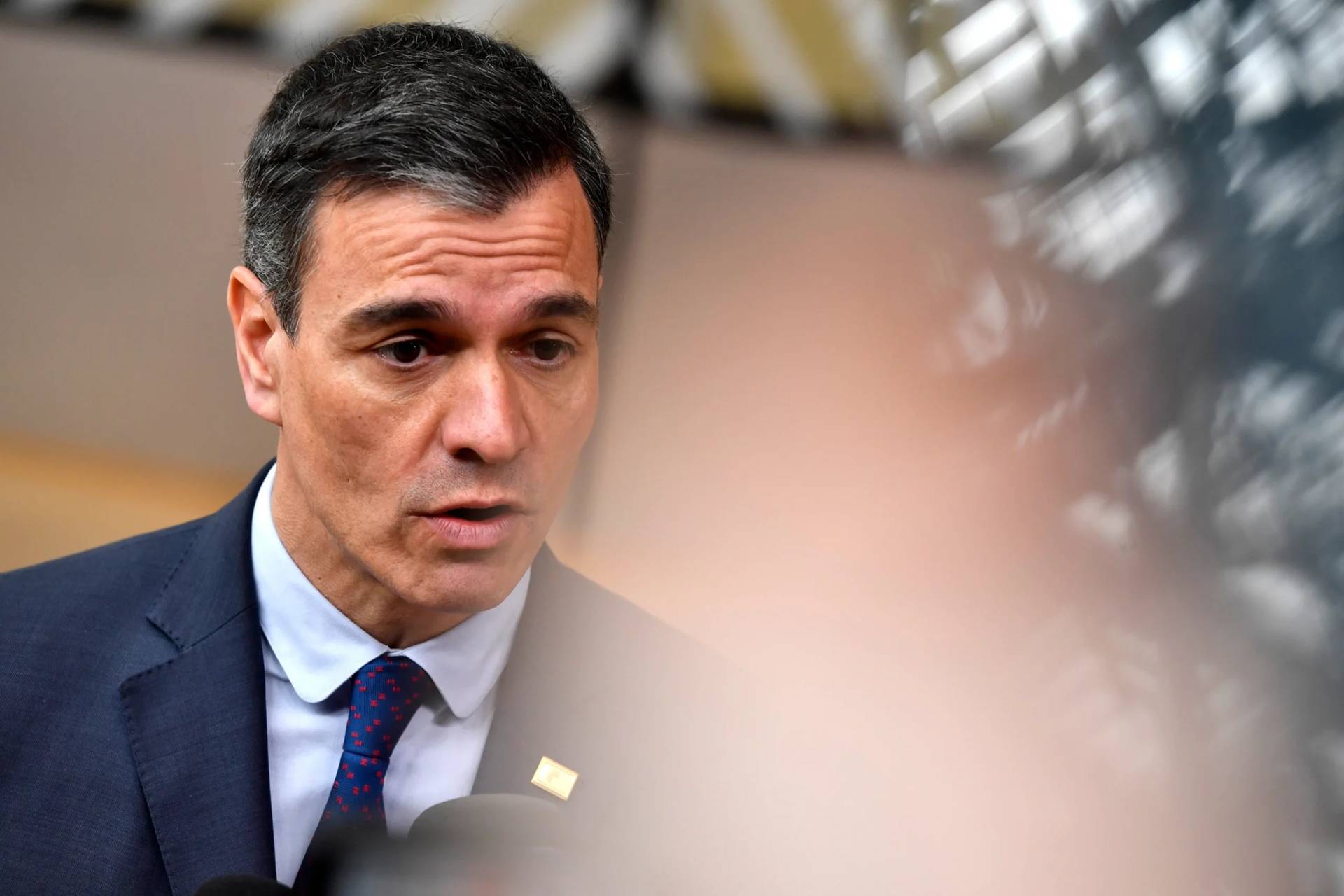ROME – By comparing Medjugorje, a site where the Virgin Mary has allegedly been appearing since 1981, to the already recognized shrines of Fatima and Lourdes, a papal envoy has raised hopes that official confirmation of Medjugorje may also be in the works.
“I believe that the message of peace, which is central here in Medjugorje, is intended for the whole world,” said Polish Archbishop Henryk Hose, appointed in May as “Apostolic Visitor” for an undetermined time to the Saint James parish in Medjugorje, in Bosnia-Herzegovina, run by the Franciscan friars.
According to the prelate, the message allegedly being delivered in Medjugorje can be put at the same level as that delivered in the French city of Lourdes and the Portuguese city of Fatima. The last two have been recognized by the Vatican as worthy of belief for over a century.
“With regard to the international phenomenology, they are very similar,” Hoser said according to the website Total Croatia. “These are certainly the three greatest pilgrimage sites. Here we have two and a half million pilgrims a year.”
RELATED: Pope’s delegate outlines plans for expansion at Medjugorje shrine
“These are the three Marian shrines which call for repentance and conversion and for the prayer of the rosary,” he said, noting that Lourdes is a “great shrine” based on “dogmatical truth about the Immaculate Conception and tells us about the identity of the Mother of God.”
Fatima, which was visited by Francis last year on the 100th anniversary of the apparitions, “gives us a look at the contemporary history of the world as well as the future. Between these three pilgrimage sites there’s a kind of spiritual solidarity and bond.”
As Hoser reportedly noted, Medjugorje has no imposing shrine. On the contrary, “it’s a simple parish.”
“The power of grace that is felt here, the power of God’s words here proclaimed, make us witness to many radical transformations that are happening here. Medjugorje has become the confessional of the world,” he said.
There are 35 confessionals in seven different languages in Medjugorje, which draw a constant line of penitents at all hours. Many priests have spoken publicly about confessions they’ve heard in Medjugorje making them believe there’s a supernatural grace in the place.
RELATED: As debate rages over Medjugorje, maybe a place of prayer is enough
Often with an apocalyptic tint, certain Marian apparitions such as the ones in Lourdes or Fatima have long been accepted by the Church, even if they’re not presented as dogmatic truths as is the case with the Holy Trinity or Mary’s virginity.
Apparitions fall under the heading of “private revelation,” even those addressed to the whole world such as Fatima. As such, according to Church law, it’s never a requirement of the faith that they be accepted.
Those who take the reported apparitions of Our Lady of Peace in Medjugorje at face value believe the Virgin Mary, or the “Gospa,” as she’s affectionately known there, has been appearing in this small town 60 miles from Sarajevo, the capital of Bosnia-Herzegovina, since June 24, 1981.
According to the lore, the Virgin first appeared daily to six young people aged between 10 and 17 at the time, but since 1989 has continued to do so only to some of them – twice a month: on the 2nd and the 25th.
The alleged messages are often distinguished between the “original” ones and the ones that allegedly followed. A report commissioned by Pope emeritus Benedict XVI found that there was reason to look further into the those first messages.
RELATED: Commission reportedly thought first seven Medjugorje visions were real
Despite his readiness to compare Medjugorje to Fatima and Lourdes, when asked about the apparitions, Hoser says that the Church’s position continues to be “let’s wait and see. In general terms, the message of peace that emerges from the Medjugorje phenomenon is always valid.”
Regarding the attitude of the last three popes to the phenomenon, the Polish archbishop said that there’s “continuity.”
John Paul II, he argued, “monitored the development of the situation. The relatively short pontificate of Benedict XVI was very positive towards Medjugorje. This was also demonstrated by the establishment of the international commission for Medjugorje. Pope Francis has taken the biggest step by sending his representative here. Pope Francis wants to develop pastoral activities in Medjugorje and thus confirms the value of this place.”















